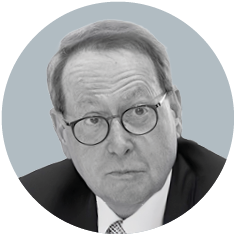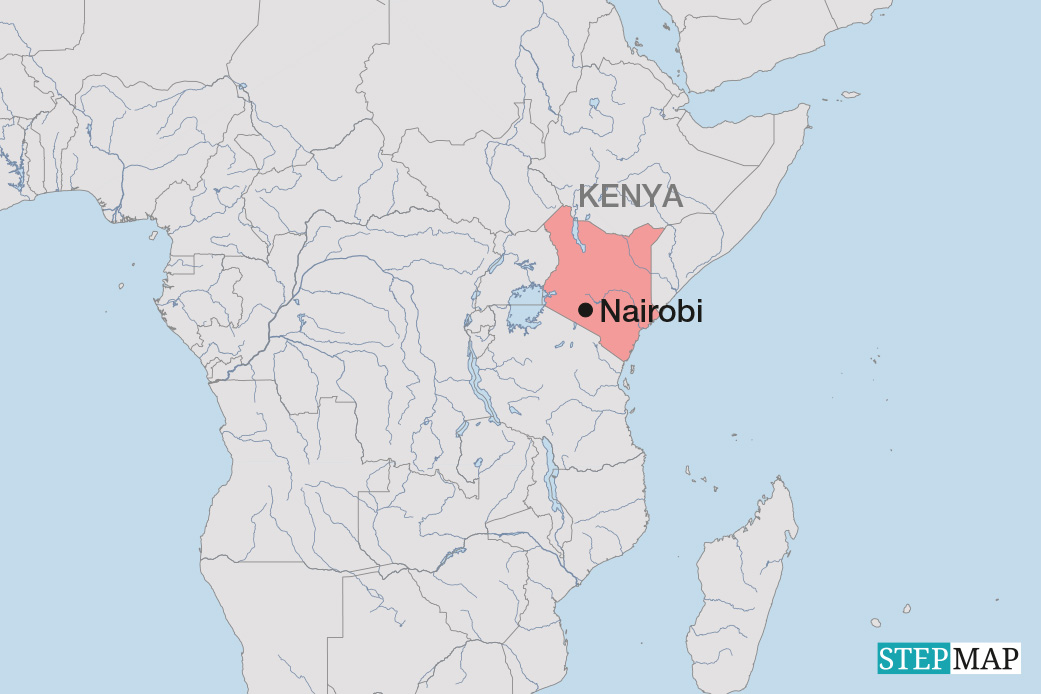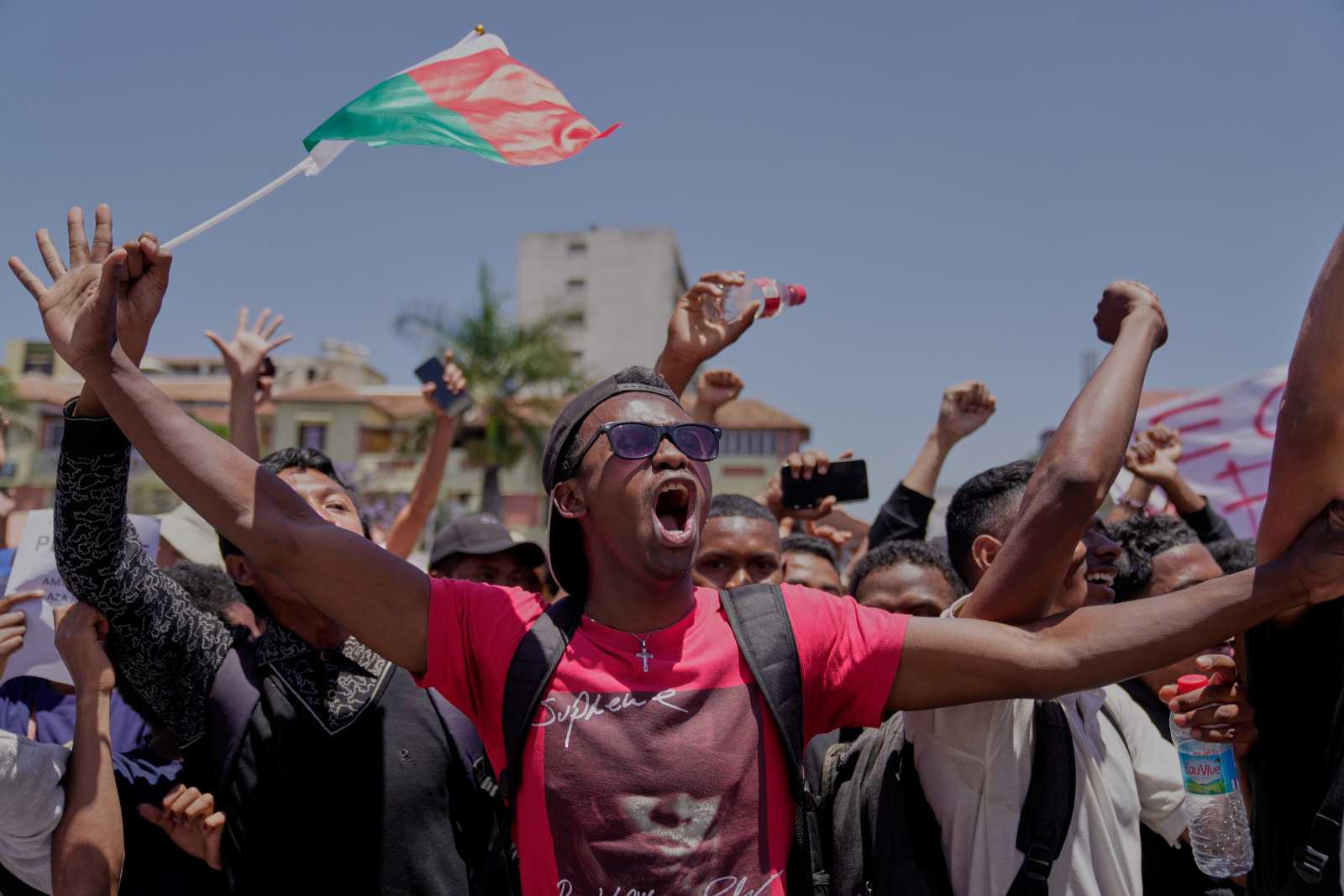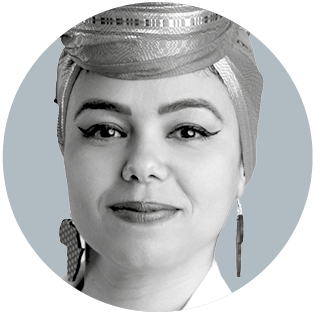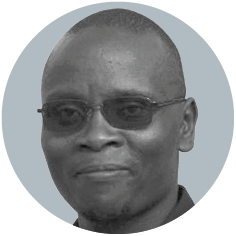Impact investing
SDG financing: how billions become trillions
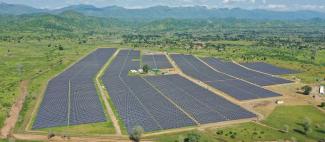
In 2020, global expenditure on official development assistance (ODA) was $ 162 billion, according to the OECD (Organisation for Economic Co-operation and Development). Much more money is needed to fund SDG-related programmes, including climate protection and adaptation measures in low-income countries. According to current estimates, there was a gap of $ 3.9 trillion in SDG funding alone in 2020.
Accordingly, instruments for mobilising more private funding were created back in 2015. According to the motto “from billions to trillions of dollars”, ODA money is being used to unlock private capital for socially, environmental and economic purposes with an eye to sustainable poverty alleviation in low-income countries.
For example, private companies are given guarantees that reduce regulatory and exchange rate risks. Moreover, subsidies serve to encourage them to invest in low-income countries. The approach is called “blended finance” and is typically taken by development finance institutions who serve the private sector directly or via investment funds.
However, enthusiasm for blended finance has waned somewhat. According to the latest available data from the OECD, a mere $ 51.3 billion in private funds were mobilised for low-income countries in 2020. Critics bemoan that the money typically neither flows to the countries with the lowest incomes, nor to the sectors with greatest financial need. They have a point.
However, the state of affairs also shows two things:
- Donor governments’ expectations were unrealistic, and
- ODA is not geared properly to address underlying structural barriers to sustainable development.
The desired growth of private investments from billions to trillions of dollars will require comprehensive policy changes in low-income countries. A fundamental challenge is to radically reduce legal and regulatory risks. The countries with the greatest need for assistance tend to have rather limited financial resources as well as underdeveloped financial markets. Exchange-rate risks further limit their scope for attracting private investors.
Reducing risks
The real bottleneck is thus not private funding as such, but rather the unsuitable business environment of many countries. By investing in renewable power generation in a low-income country, a private-sector company can indeed play a major role in granting more people access to sustainable energy. However, companies will only make such risky investments in places where rules and regulations permit commercial activities with an acceptably low risk level.
For example, private investors in the power sector rarely operate where states do not have feed-in tariffs for national grid. Companies depend on contracts being reliable in both legal and financial terms. Moreover, they must manage exchange-rate risks.
It is thus unsurprising that private investors so far tend to gravitate towards middle and higher-middle income countries. That is where they find the kind of economic and regulatory environment they can thrive in. For the same reasons, the small number of private investments in social sectors like health, education or water provision should not come as a shock. First of all, the public sector must step in and create the required regulatory environment and ensure legal certainty.
Donor governments and multilateral development banks must therefore do more to support low-income countries in the efforts to establish appropriate conditions. On that basis, the targeted application of blended finance could encourage pioneer investors to the low-income countries and social sectors that so far have been neglected.
A boom in sustainable investments
If successful, such projects would send a powerful signal to other investors. Taking this comprehensive approach will allow significantly larger – and desperately needed – amounts to be mobilised for the SDGs and climate financing.
The good news is that investment funds that apply clear environmental, social and governance (ESG) criteria and pay attention to social and environmental impacts are becoming increasingly popular. The interest in sustainable finance and investments was inspired to a large degree by the Covid-19 pandemic, which revealed serious sustainability risks in global supply chains. At the same time, the boom in sustainable investments is being advanced by specific requirements made by central banks and banking regulators. Obviously, the specifications of the EU taxonomy on the uniform assessment of the sustainability of economic activities matter too. The boom in ESG investing should ultimately contribute to closing funding gaps in low-income countries.
In order for that to happen, however, the conditions for sustainable investment must be created in these countries. Furthermore, significant efforts are required to measure and report on ESG criteria and their impact within a binding, transparent system.
Many circles around the globe, such as the Global Impact Investing Network (GIIN) and the International Sustainability Standards Board (ISSB), are currently working on such a system in order to expand existing international policy on financial reporting and integrate this reporting appropriately. Doing so will be a decisive step towards mobilising private funds effectively and transparently to finance SDGs.
Bruno Wenn chairs the board of the European Development Finance Institutions (EDFI), a Brussels based association. He is member of D+C’s board of advisers.
bruno.wenn@edfi.eu
